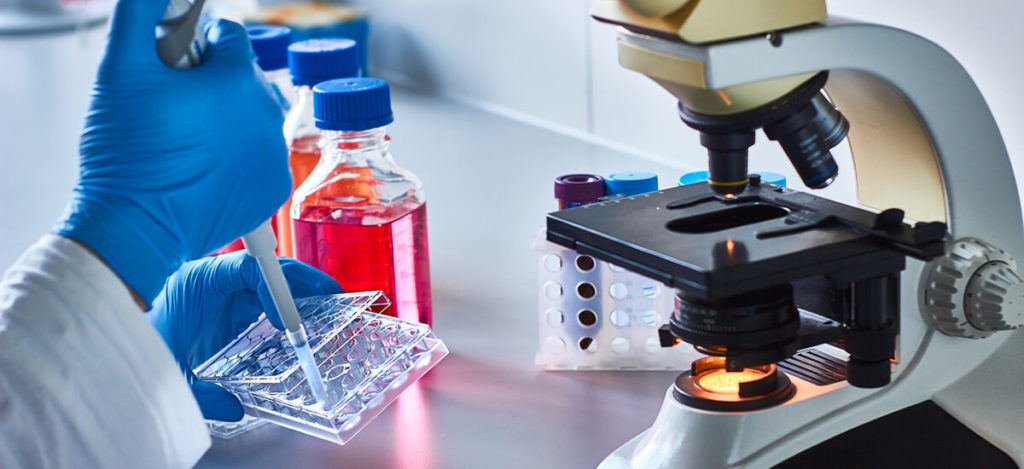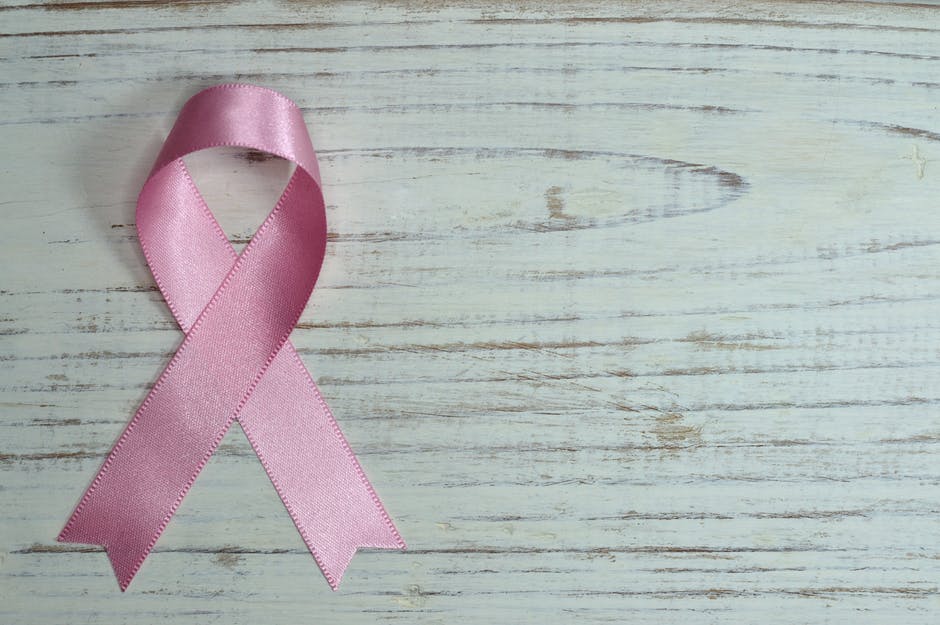The purpose of this study is to determine whether the topical application of PEP005 is safe and effective for the treatment of cutaneous squamous cell carcinoma in situ (SCCIS, Bowen’s disease).
Official Title
Multi-Centre, Open-Label Study to Determine the Safety and Efficacy of PEP005 0.05% Topical Gel in Patients With Cutaneous Squamous Cell Carcinoma In Situ (SCCIS, Bowen’s Disease)
Conditions
Squamous Cell Carcinoma
Study Type
Interventional
Study Design
Treatment, Non-Randomized, Open Label, Uncontrolled, Single Group Assignment, Safety/Efficacy Study
Further Details
Primary Outcome Measures:
- Safety
Secondary Outcome Measures:
- Efficacy
Squamous cell carcinomas (SCCs) are a common skin problem largely caused by long term sun exposure. Current treatments include surgery, curettage/desiccation and some topical pharmaceutical therapies, which are often cosmetically disfiguring. Non-invasive alternative therapy for treatment of SCC lesions is thus being researched. Sap from the plant Euphorbia peplus has been used for many years in Australia as a “folk” remedy to treat a number of skin conditions. The active component of Euphorbia peplus has been isolated and made into a gel applied directly to the skin by Peplin Ltd. To date, three well-controlled studies with PEP005 gel in humans have been completed. In the first and second completed studies, sixteen (1st study) and sixty-four (2nd study) patients received one or two applications of PEP005 0.0025% or 0.01% or 0.05% or vehicle gel to actinic keratoses. In the third completed study, sixty patients received two applications of PEP005 0.0025% or 0.01% or 0.05% or vehicle gel to superficial basal cell carcinomas. Results from all studies show good tolerance and evidence of activity. The current study is designed to evaluate the efficacy and safety of two applications of 0.05% PEP005 gel in patients with SCCIS on the extremities, trunk or face. Approximately 24 patients are planned to be included from multiple Australian centers. Patients will have two visits for treatment application and will return for check-up visits the day after the first application and several times thereafter for 2-3 months.
Study Start
May 2006; Study completion: December 2006
Eligibility & Criteria
- Ages Eligible for Study: 18 Years and above
- Genders Eligible for Study: Both
Inclusion Criteria:
- Male patients, at least 18 years of age.
- Post-menopausal female patients, at least 18 years of age, i.e. no menses for at least 12 consecutive months, or without a uterus.
- A primary, clinically diagnosed and histologically confirmed SCCIS lesion with the histological diagnosis being made within 90 days of the screening visit.
- Longest diameter of the SCCIS lesion between 5 mm and 20 mm.
- Ability to follow study instructions and likely to complete all study requirements.
- Written informed consent has been obtained.
- Written consent for tissue from the biopsy of the histologically confirmed SCCIS lesion to be examined and stored by the central dermatopathologist has been obtained.
- Agreement from the patient to allow photographs of the selected SCCIS treatment area (including the face) to be used as part of the study data package.
Exclusion Criteria:
- Females of childbearing potential (a female is considered of childbearing potential unless she is post-menopausal, i.e. no menses for at least 12 consecutive months, or is without a uterus).
- Location of the selected SCCIS lesion:
- within 5 cm of an incompletely healed wound
- within 2 cm of an eye, nose, or ear
- within 1 cm of a scar
- on the scalp, digits, lips, hands, feet, or ano-genital region
- SCCIS lesions that have atypical clinical appearance, e.g. hypertrophic or hyperkeratotic or pigmented or ulcerated.
- Histological evidence of nodular basal cell carcinoma (nBCC), superficial basal cell carcinoma (sBCC) or invasive squamous cell carcinoma (SCC) of the SCCIS in the biopsy sample.
- Presence of suspected basal cell carcinoma (BCC) or invasive squamous cell carcinoma (SCC) within 2 cm of the selected SCCIS lesion.
- Presence of known or suspected metastatic disease.
- History or evidence of skin conditions other than SCCIS that would interfere with evaluation of the study medication (e.g. eczema, unstable psoriasis, xeroderma pigmentosa).
- Known sensitivity to any of the ingredients in the study medication.
- A cosmetic or therapeutic procedure (e.g. use of liquid nitrogen, surgical excision, curettage, dermabrasion, medium or greater depth chemical peel, laser resurfacing)
- of the selected SCCIS lesion at any time; or
- within 2 cm of the selected SCCIS lesion during the 4 weeks prior to screening visit; or
- anticipated treatment within 10 cm of the selected SCCIS lesion during the study.
- Treatment with 5-fluorouracil, imiquimod, diclofenac, or masoprocol
- of the selected SCCIS lesion at any time; or
- within 2 cm of the selected SCCIS lesion during the 6 months prior to study entry; or
- anywhere during the 4 weeks prior to study entry; or
- anticipated treatment anywhere during the study.
- Treatment with photodynamic therapy
- of the selected SCCIS lesion at any time; or
- within 10 cm of the selected SCCIS lesion during the 6 months prior to study entry; or
- anticipated treatment within 10 cm of the selected SCCIS lesion during the study.
- Treatment with ionising radiation
- of the selected SCCIS lesion at any time; or
- within 2 cm of the selected SCCIS lesion prior to study entry; or
- anticipated treatment anywhere during the study.
- Treatment with other immunomodulators (e.g. vinblastine, podophyllin, colhamin, camptothecin), cytotoxic drugs (e.g. cyclophosphamide, azathioprine, chlorambucil, nitrogen mustard, methotrexate), or interferon/interferon inducers (other than imiquimod)
- within 4 weeks prior to study entry; or
- anticipated treatment during the study.
- Use of acid-containing therapeutic products (e.g. salicylic acids or fruit acids, such as alpha and beta hydroxy acids and glycolic acids), topical retinoids, or light chemical peels
- of the selected SCCIS lesion at any time; or
- within 2 cm of the selected SCCIS lesion during the 4 weeks prior to study entry; or
- anticipated treatment within 2 cm of the selected SCCIS lesion during the study.
- Treatment with psoralen plus ultraviolet light A [UVA] (PUVA) or use of ultraviolet light B (UVB) therapy
- of the selected SCCIS lesion at any time; or
- anywhere during the 6 months prior to study entry; or
- anticipated treatment anywhere during the study.
- Use of systemic retinoids (e.g. isotretinoin, acitretin, bexarotene)
- during the 6 months prior to study entry; or
- anticipated treatment during the study.
- Anticipated excessive or prolonged exposure to ultraviolet light (e.g. sunlight, tanning beds) or use of topical salves or topical steroids to the selected SCCIS lesion during the study.
- SCCIS lesions requiring Mohs micrographic surgery.
- Anticipated need for inpatient hospitalisation or inpatient surgery during the study.
- Concurrent disease that suppresses the immune system (e.g. HIV, hepatitis) or uncontrolled systemic disease (e.g. uncontrolled hypertension, poorly controlled diabetes).
- Use of medications that suppress the immune system (e.g. cyclosporine, prednisone, methotrexate, alefacept, infliximab)
- within 4 weeks prior to study entry; or
- anticipated treatment during the study.
- Current evidence of chronic alcohol or drug abuse.
- Current enrolment in an investigational drug or device study or participation in such a study within 30 days of entry into this study.
- Entry into another investigational drug or device study while enrolled in this study.
- A condition or situation which in the Investigator’s opinion may put the patient at significant risk, may confound the study results, or may interfere significantly with the patient’s participation in the study.
- Selected SCCIS lesion within 5 cm of an area previously treated with PEP005.
Total Enrolment
24
Contact Details
- Southderm Pty Ltd, Kogarah, New South Wales, 2217, Australia
- The Skin Centre, Benowa, Queensland, 4217, Australia
- Siller Medical, Brisbane, Queensland, 4000, Australia
For more information, visit Peplin Clinical Trials (Study: PEP005-008)
All content and media on the HealthEngine Blog is created and published online for informational purposes only. It is not intended to be a substitute for professional medical advice and should not be relied on as health or personal advice. Always seek the guidance of your doctor or other qualified health professional with any questions you may have regarding your health or a medical condition. Never disregard the advice of a medical professional, or delay in seeking it because of something you have read on this Website. If you think you may have a medical emergency, call your doctor, go to the nearest hospital emergency department, or call the emergency services immediately.






